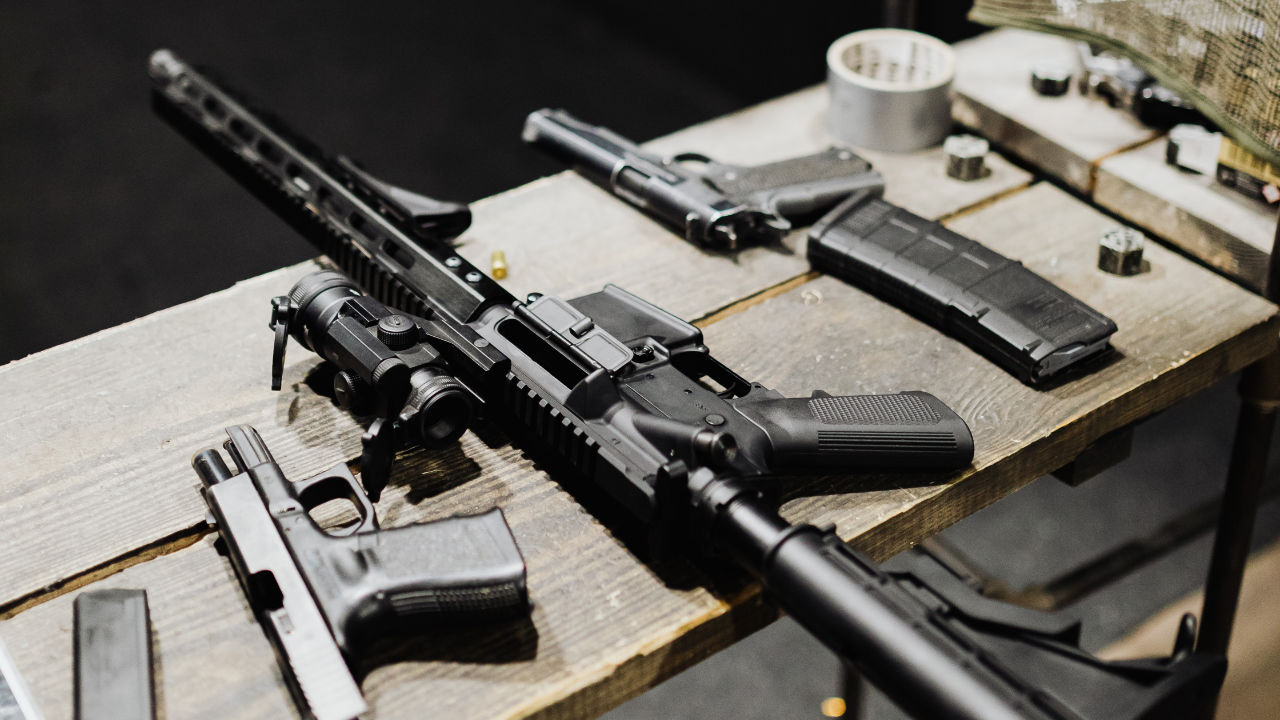Evidence
In criminal cases, there are very strict rules governing what evidence can be used and how it can be used. The rules of evidence dictate what type of evidence can be admitted at trial, when it can be admitted, and how it is to be admitted.
At the federal level, the rules of evidence are outlined in the Canada Evidence Act. In addition, each province may enact its own legislation governing the rules of evidence within its jurisdiction. In Ontario, the Evidence Act governs the use of evidence in Ontario courts. It is important to note that the rules of evidence provided by the province cannot contradict the rules of evidence provided by the federal government. Many of the rules of evidence are also derived from common law.
The rules of evidence define how different types of evidence including real evidence, documentary evidence, direct evidence, and circumstantial evidence can be used at trial. The rules of evidence also provide explicit prohibitions on the use of evidence that is not reliable or credible, including hearsay evidence and character evidence in certain situations.
Physical Evidence
Documentary Evidence
Oral Evidence
Hearsay and Exceptions
More Legal Information
Law Newbie™ is a free legal assistant developed by our criminal lawyers to help you understand the law.
Offences in Canada are listed in the Criminal Code. They include crimes related to people, vehicles and weapons.
The rights enjoyed of all those within Canada are contained in the Canadian Charter of Rights and Freedoms.
Criminal procedure is the process by which an accused person is arrested and brought through the justice system.
Sentencing refers to the punishment that is ordered when an individual is found guilty of a criminal offence.
An order made by a court directing the offender to do something in addition to completing their regular sentence.





